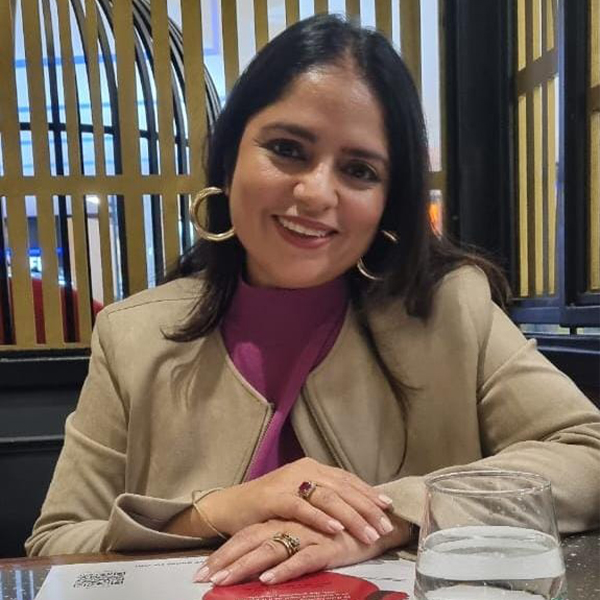“93 percent of communication is non-verbal.” This often-quoted statistic has made its rounds in conversations, but what does it mean for our daily interactions and our understanding of communication? While it may sound like a mere number, it holds deep implications for how we convey and interpret messages. Let’s dive deeper into this concept and explore why body language plays such a crucial role in effective communication.
Understanding non-verbal communication
It’s a common misconception to think that the words we choose are the sole carriers of our intended message. Our communication is a rich cloth woven from words, gestures, facial expressions, and other forms of non-verbal cues. Body language is an inherent part of who we are—it operates continuously and often subconsciously. For instance, one might offer a compliment verbally but fail to communicate sincerity if their facial expressions, posture, or tone of voice betray a lack of genuine interest. These subtle signals, though sometimes overlooked, can make all the difference in how our messages are received and understood.
The role of body language
Body language encompasses a wide range of non-verbal cues, including physical behaviors, facial expressions, and mannerisms. These are often instinctive rather than deliberate. Our posture, eye movements, and even the way we use our hands during conversations can send powerful messages to our listeners. A wandering gaze or frequent glances at a watch, for example, can indicate disinterest or impatience, potentially coming across as disrespectful. On the other hand, a lack of facial expressions or an impassive demeanor might suggest that we are not fully engaged or attentive.
The impact of non-verbal communication
Non-verbal communication can significantly impact how we are perceived and how effectively we convey our messages. In many situations, our actions can overpower the words we speak. When our non-verbal cues align with our verbal messages, they can build trust, foster relationships, and make others feel at ease. Conversely, when there is a mismatch between our verbal statements and non-verbal cues, it can lead to confusion, mistrust, and even offense.
The silent aspects of communication, such as pauses and the tone of silence, also play a vital role in shaping the mood and dynamics of a conversation. The way we interpret silence often hinges on the body language of those involved. For example, a prolonged silence after a heated discussion can be interpreted as discomfort, contemplation, or even hostility, depending on the non-verbal signals being exhibited.
Key functions of body language in communication
Repetition
Body language often serves to repeat and reinforce the verbal messages we convey. For instance, if you verbally agree while nodding your head, the nod reinforces and strengthens your spoken affirmation.
Contradiction
When body language contradicts our verbal messages, it can signal to listeners that there may be a discrepancy between what is being said and what is meant. This dissonance can lead to questions about the truthfulness of the speaker’s words.
In many cases, body language can substitute for verbal messages. A simple smile or frown can communicate feelings of happiness or displeasure more effectively than words. Facial expressions often convey emotions with greater clarity and immediacy than verbal descriptions.
Substitution
In many cases, body language can substitute for verbal messages. A simple smile or frown can communicate feelings of happiness or displeasure more effectively than words. Facial expressions often convey emotions with greater clarity and immediacy than verbal descriptions.
Complementing
Non-verbal cues can complement and enhance verbal messages. For example, a pat on the back while offering praise can add a layer of warmth and encouragement, amplifying the impact of the positive feedback.
Accenting
Body language can accentuate or emphasize certain points within our verbal messages. Pounding the table or raising a finger can highlight the importance of what is being said, drawing attention and underscoring the message.
Enhancing non-verbal communication skills
Improving non-verbal communication involves a conscious effort to be aware of and manage our body language. Effective communication is a dynamic process that requires full attention to the present moment. To be fully present, it is essential to set aside distractions and focus on the interaction at hand. Actions such as checking your phone or letting your mind wander can cause you to miss crucial non-verbal cues and misunderstand the subtleties of the conversation.
In addition to being present, managing stress and developing emotional awareness can greatly enhance non-verbal communication. Being aware of your own emotions and understanding how they influence your body language is crucial. Recognizing and interpreting the emotions of others also plays a significant role in effective communication. Emotional awareness enables you to understand the true feelings behind the non-verbal cues of others and to respond appropriately.
For example, if you are experiencing stress or anxiety, it’s important to acknowledge these feelings to yourself and communicate them if necessary. Letting others know that you are going through something can help them understand that any non-verbal signals you exhibit are not necessarily directed at them but reflect your current state.
Practical Tips for Improving Body Language
Self-awareness
Regularly reflect on your body language and how it might be perceived by others. Pay attention to your posture, facial expressions, and gestures during conversations.
Observation
Observe the body language of others to gain insights into how different non-verbal cues affect communication. This can help you adjust your body language accordingly.
Practice
Engage in activities that allow you to practice and refine your non-verbal communication skills. This might include role-playing scenarios, public speaking, or participating in workshops focused on body language.
Feedback
Seek feedback from trusted colleagues, friends, or mentors about your body language. Constructive criticism can help you identify areas for improvement and make necessary adjustments.
Mindfulness
Practice mindfulness techniques to stay grounded and focused during conversations. This will help you be more aware of your body language and the non-verbal cues of others.
Conclusion
In summary, the assertion that “93 percent of communication is non-verbal” underscores the significant role that body language plays in our interactions. Our non-verbal cues, whether they are gestures, facial expressions, or tonal variations, contribute immensely to the effectiveness of our communication. By becoming more aware of our body language and learning to interpret the non-verbal signals of others, we can enhance our ability to connect, build relationships, and convey our messages with clarity and impact. Effective communication goes beyond words—it is a harmonious blend of verbal and non-verbal elements that, when managed well, can transform our interactions and achieve meaningful connections.

Ramanjeet Kaur is a Life Skills and Behavioural Trainer. Her journey to becoming an entrepreneur and starting her career as a trainer in the education industry is an inspiring revelation. She was always passionate about teaching profession from her childhood and started mentoring young kids to develop their personalities.

